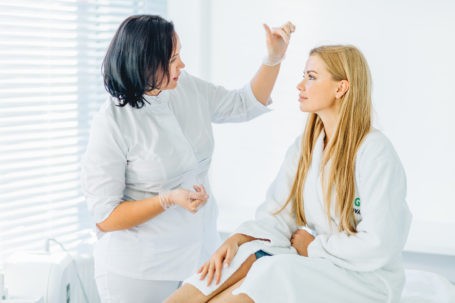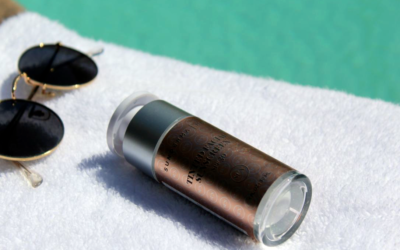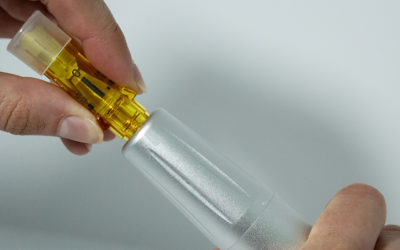Microneedling to Alleviate Acne Scarring
Last updated on September 17th, 2019
According to Dr. Gabriella Fabbrocini of the University of Naples Federico II, there are no general guidelines and multiple treatment options for acne scars. Many treatments result in 25 to 50% moderate improvement of acne scars. Some therapies have proven to be quite effective (50 to 80%), such as motorized surgical dermabrasion resurfacing, however, they are rarely used because they require invasive surgery, general anesthesia, weeks of downtime and cause serious side effects such as erythema, pigmentation changes, infection and scarring.
Needle dermabrasion has been studied specifically for acne scar revision (Fabbrocini et al., 2009; Imran 2009; Leheta et al., 2011). Fabbrocini et al., (2009) studied the effects of needle dermabrasion in 18 subjects on the appearance of acne rolling scars. Improvement was statistically significant, and cutaneous casts showed a 25% reduction in depth. Importantly, there were no side effects such as erythema or pigmentation changes in any of the subjects. Majid (2009) studied 37 patients with atrophic acne scars treated with 3 to 4 sessions of micro-needling. The severity of the scars was rated with the Goodman and Baron qualitative scale. Improvement of scars by two grades occurred in 72%, improvement by one grade occurred in another 17%. Leheta et al., (2011) compared micro-needling to TCA CROSS (focal application of trichloroacetic acid with a sharpened wood applicator) for atrophic acne scars. Fifteen subjects were allocated into each group. Using the Lipper scale (Lipper et al., 2006) and a “quartile scale of response to treatment” both groups had significant improvement of 68% for micro-needling and 75% for CROSS. There was no significant difference found between the efficacy of micro-needling and the well-established CROSS technique.
Needle dermabrasion in these three clinical studies showed improvements in acne scar appearance in the range of 50 to 68%, with quantitative scar volume reductions on the order of 25%.
Fabbrocini G, Fardella N, Monfrecola A, Proietti I, Innocenzi D (2009) Acne scarring treatment using skin needling. Clin Exp Dermatol 34: 874-879.
Fabbrocini G, Annunziata MC, D’Arco V, DeVita V, Lodi G, Mauriello MC, Pastore F, Monfrecola (2010) Acne scars: Pathogenesis, classification, and treatment. Dermatol Res and Pract 2010, ID 893080 Epub 2010 Oct 14.
Imran I (2009) Micro-needling therapy in atrophic facial scars: an objective assessment. J Cut Aesthet Surg 2: 26-30.
Leheta T, El Tawdy A, Abdel Hay R, Farid S (2011) Percutaneous collagen induction versus full-concentration trichloroacetic acid in the treatment of atrophic acne scars. Dermatol Surg 37:207-216.
Find certified Dermapen microneedling professionals
Dermapen® Microneedling Devices are exclusively sold to Medical and Skin Care Professionals. Use the form to the right to get started finding a Certified Dermapen® practitioner in your area.
Enter your location information to find a Dermapen Skin Care Professional.
Want to become a Dermapen Practitioner?
Medical Clinics and Spas can offer their patients the worlds most advanced microneedling treatments with Dermapen
Microneedling Treatments
The Dermapen Microneedling Pen provides an unparalleled response through the segmented delivery of microneedles, creating micro injuries to the epidermis (outer layer of skin) and dermis (the inner layer of skin). As a result, the micro injuries encourage the body’s innate ability to repair itself.
Every Dermapen tip is outfitted with 12 needles and features our patented technologies, which include SureSpace™ and SafLok™. Accordingly, these safety enhancements can be found in every Dermapen needle tip and pen.
Furthermore, by using SureSpace™ and SafLok™ microneedling pen technologies, practitioners can deliver their patients the safest microneedling treatment possible, while getting the best microneedling results for their patients.



